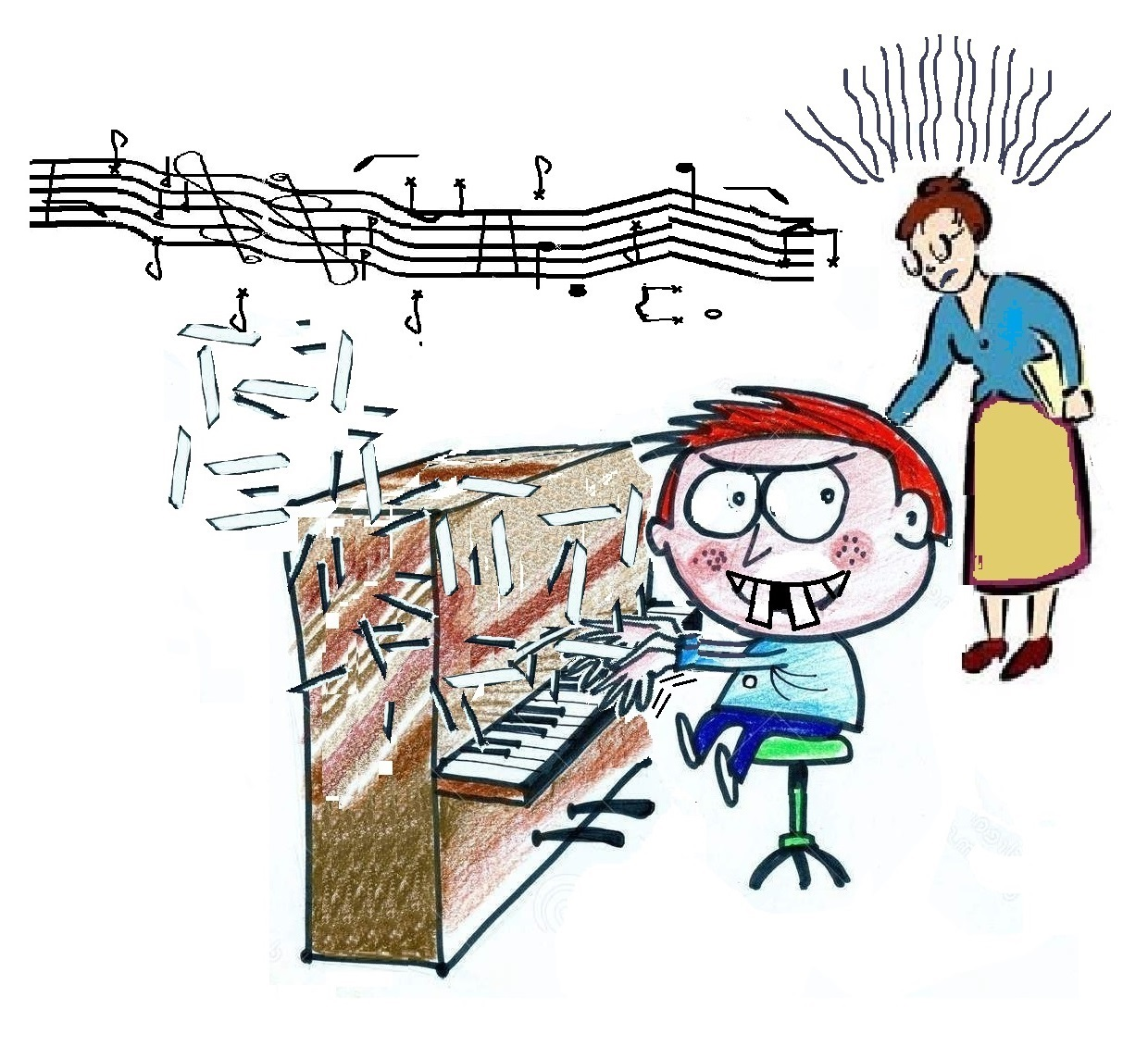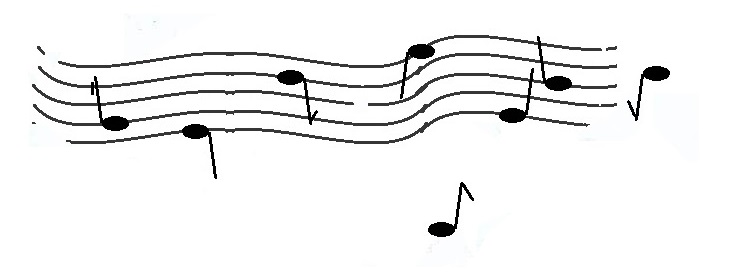
NEW: PIANO INFORMATION
SESSION:
COST: $20 per person (Min. 4; extra family members $10 ea; max. cost per family $40)
For more info re cost, click THIS LINK!
PURPOSE: To encourage piano students and players alike to have a better understanding of how their instrument works.
HOW WILL IT WORK? We will meet as a group at someone’s home (the only pre-requisite is that there is a piano available!). We will cover a range of piano topics, such as its basic mechanical functioning, how to look after your piano, the benefits of regular tuning and servicing, and what to look for when purchasing a second-hand (or even a new!) piano.
The aim will be not only to share some beneficial information, but to make an enjoyable social evening event.
TIME: I’m imagining the evening, but there’s no reason it couldn’t be during the day if that suited everyone.
COST: $20 per person (min 4); extra family members $10 ea (max cost per family $40)
FOR PIANO TEACHERS: INTRODUCTORY COMMENTS
I do hope this page does not seem like I am lecturing teachers. Rather, my wish is to pass on some of my knowledge of pianos in a way that can make you better informed about your instrument and how to care for it. Hopefully this page will give you some useful tools and knowledge.
Music teachers are probably the most important people in the whole music industry. Music teachers (and teachers in general) are involved with the passing on of knowledge. If that knowledge is not passed on, the art is lost.
Having been a piano student and teacher myself, I understand something of what piano teachers deal with each day. You probably have a range of pupils; some who practise for hours on end, and others who simply don’t want to be there. For all of these pupils, you are trying to make your lessons as interesting and involving as possible. You are doing this because you value music education very highly (which it deserves).
Piano teachers vary in age and expertise. You might be a concert pianist with several students studying for their masters degree (hence you might know more about tuning that most piano technicians!). Or you might be a young person starting out, teaching a couple of seven-year old because their mother couldn’t find another teacher. For all of you, a better understanding of the piano can be of enormous help.
Below are a number of points I would regard as important to piano teachers:
Your teaching piano should be of reasonable quality.
The piano should also be right for the students you are teaching. If your students are learning the Liszt Transcendental Studies, you will need a good-quality grand to teach on. On the other hand, if you are teaching children who are beginners, a moderate quality upright is probably better. But whatever the case, your teaching piano should be in reasonable condition, the tone and the touch should be even, the notes in the keyboard should be level, and it should be a relatively easy instrument to play.
Whatever sort of piano your pupils are practising on at home, they should know that when they come for their lesson, they will be playing on a good piano.
Keep your own piano in tune and in good condition.
It’s not always possible for the piano to be perfectly in tune. In fact, the moment the tuner finishes, the piano starts going out of tune! But regular tuning should hold that in check. How frequently you have it tuned will depend upon how much you teach on it, how much it gets played, and the piano itself. As a rule of thumb, I would suggest having it tuned at least once a year, possibly half-yearly, and sometimes, quarterly.

Regulating is about adjusting the action (including the keys) so that the piano works with the greatest efficiency and evenness. It is usually done to a set of specification particular to each make of piano. Unfortunately, regulating is a time-consuming (and hence costly) procedure. Luckily it doesn’t need to be done as often as tuning (sometimes, tuners will regulating occasional action parts for very little or no cost – eg if one damper is lifting before the other, or if the sustaining pedal needs adjusting).
Voicing the piano: Have you ever played your scales, and found a note which seems to ‘stick out’ more than the others? You think to yourself: ‘Is that the piano? Or is it my hopeless fourth finger again?!’ Voicing will general fix this unevenness. Voicing involves pricking the hammer head felt with needles set into a specialist voicing tool. Pricking the hammer felt softens the tone – hopefully, that one note will no longer protrude. Then you can REALLY hear which of your fingers have trouble playing scales!
Learn what you can about how your piano works
There is a vast abundance of information on the internet. It should be no trouble for you to find diagrams of upright piano actions, along with labels of the various parts. There are also many images of entire actions, both inside and outside the piano.
Learn about what happens when a note is struck; how the string vibrates, how the sound travels through the bridge to the soundboard, and how the soundboard amplifies the tone.
Inspect you own piano! - It’s a great exercise to remove the panels from your own piano and look inside it. Most piano are designed so that it is quite easy to remove the top front panel, the fallboard, and the bottom panel (immediately above the pedals). You may need a screwdriver – either a Philips head or a flat-head. Some parts (especially the fallboard) may sit a little tight, and will need some gentle persuasion to come out. But if you are careful, you should be okay. Some parts might also be quite heavy (mostly the fallboard).
With the panelling off, you will see all the wonders of the piano action before you! Play a few notes, and watch what happens in each individual action as you play, hold, and release the notes. Watch for the dampers as well. Then, press the right pedal (the sustaining pedal). Watch what happens to the dampers when you press and release the pedal. Press the left pedal as well. On most uprights, this should push the hammer rail forward, so that the hammers are closer to the strings. This results in a softer tone.
Most uprights have a middle pedal which, when pressed, causes a strip of felt to be lowered between the hammers and the strings. This makes the volume extremely soft. Not ideal, but it means that you can practise your scales at 3am and not wake up the whole street!

Teach you own pupils about how the piano works
How far you go with this will depend upon the pupil, and your own knowledge. When I was teaching, I made a point (usually within a few lessons of that pupil starting) of removing the panels, showing the pupil what was inside, and explaining how the piano works. Mostly they were fascinated by this. If they understand how the instrument works, they will better understand how to play it and care for it.
Encourage you pupils (and their parents / family) to care for their piano
You can instruct them on some basics of piano care. Whilst we want to encourage our youngsters to play and explore on the piano, they should also know that their piano is a precious music instrument that should be cared for.
Encourage your students (or their parents) to have their piano tuned and serviced regularly. Also encourage them to speak to their tuner/technician about any issues or problems the piano is having.
On my other site (www.harmonypianotuning.com.au) there is a page about piano care. Press this link to go there.
For further information or advice, don’t hesitate to call Chris on 0476 428 052




